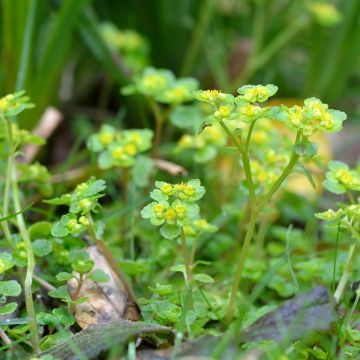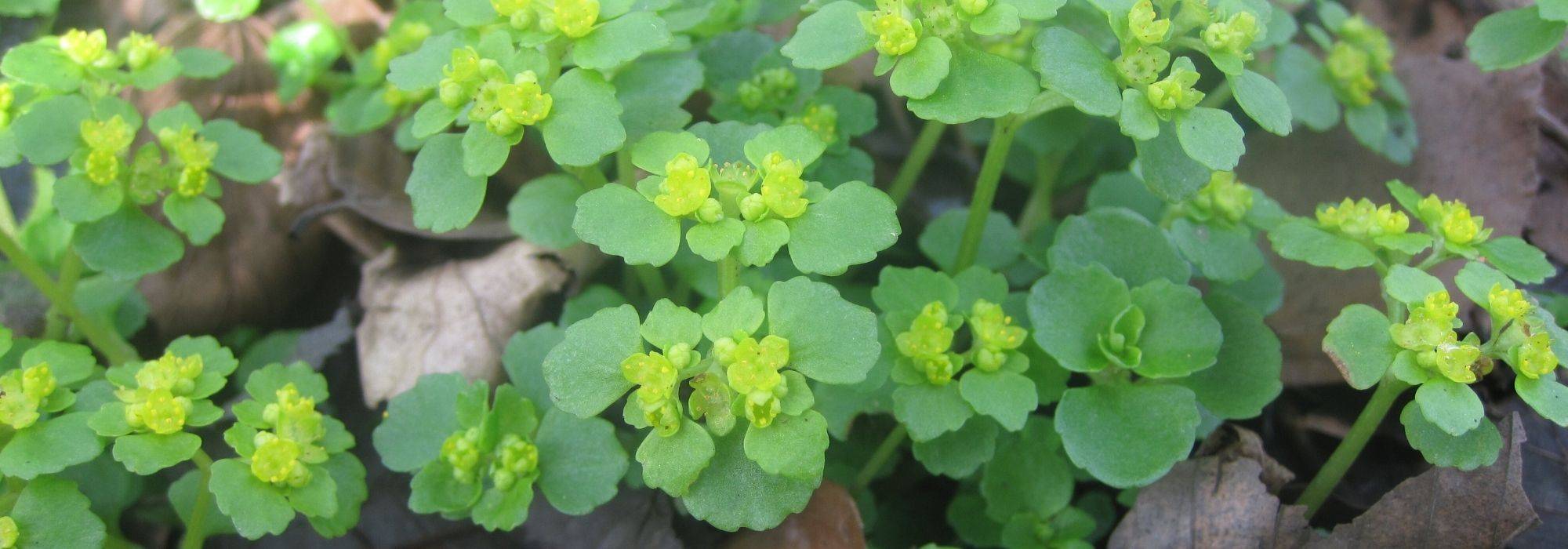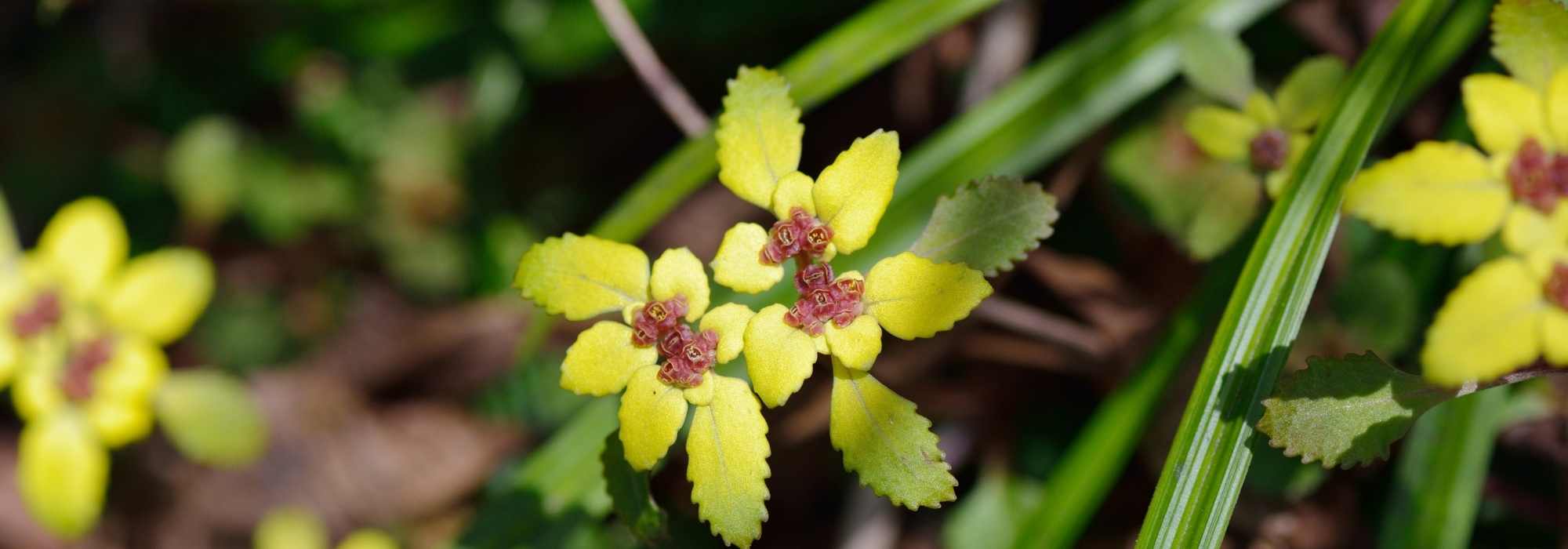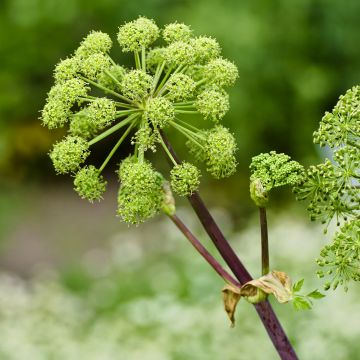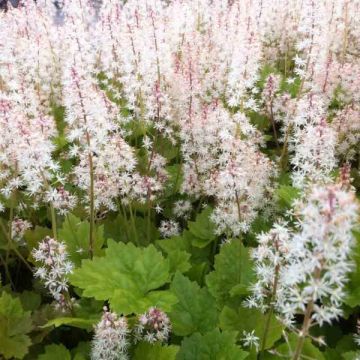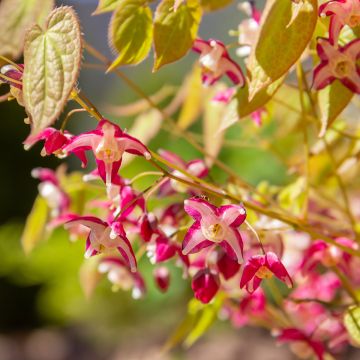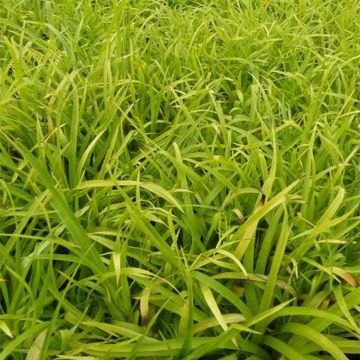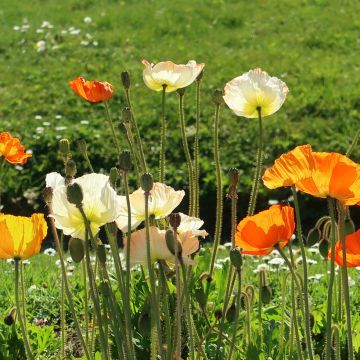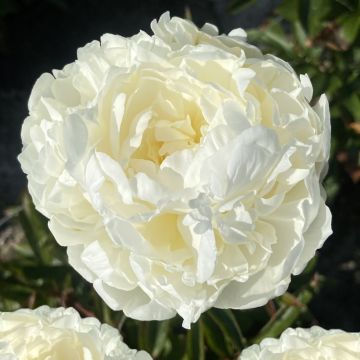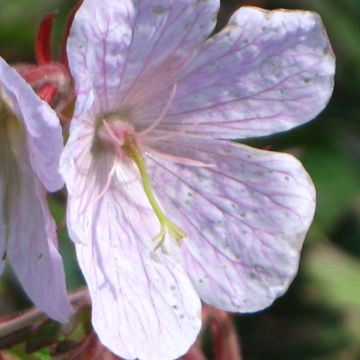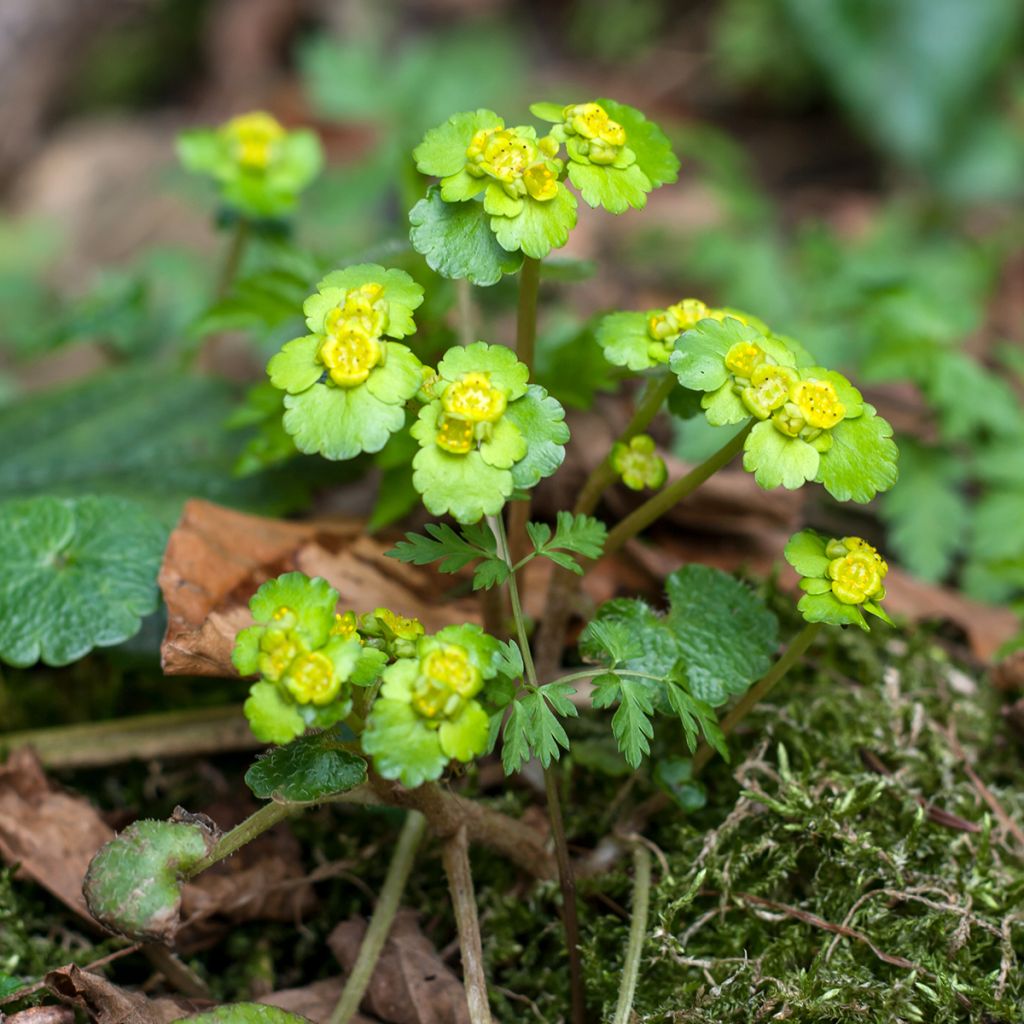

Chrysosplenium alternifolium
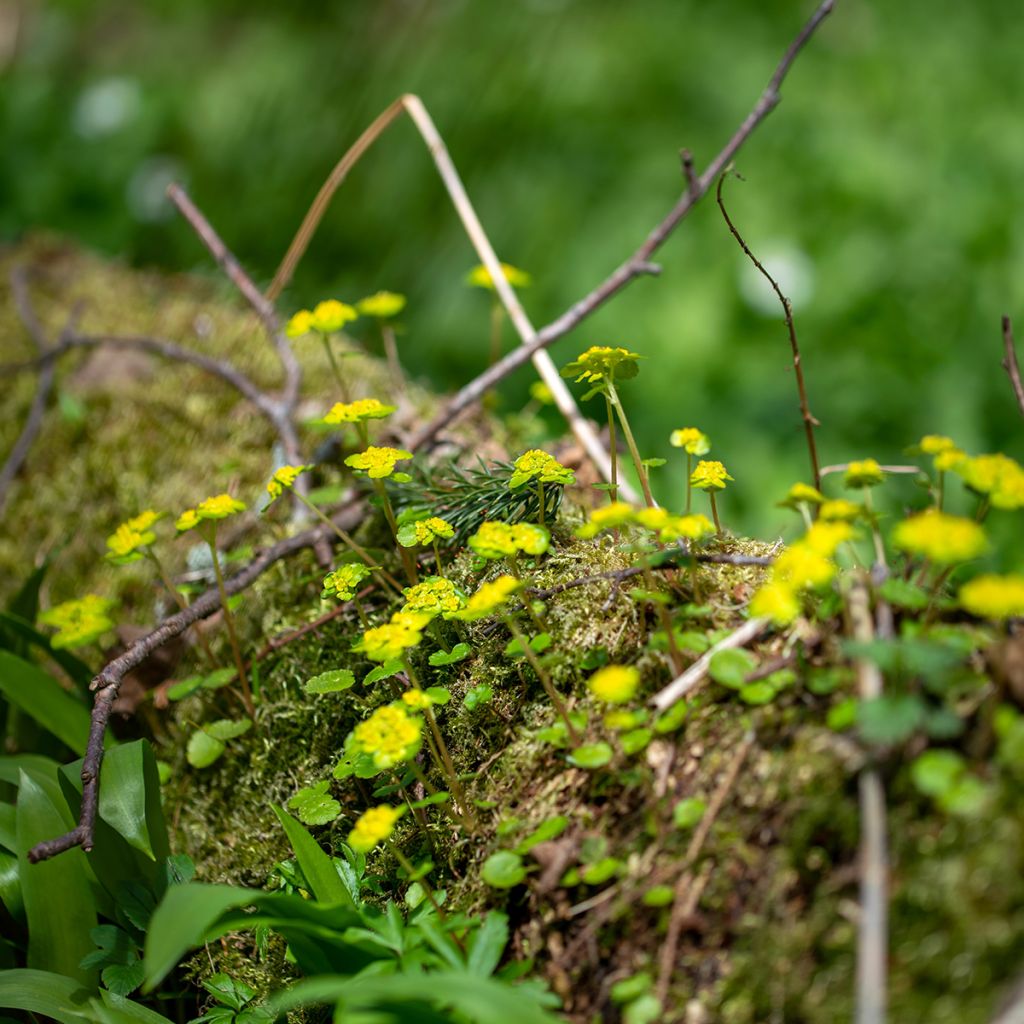

Chrysosplenium alternifolium
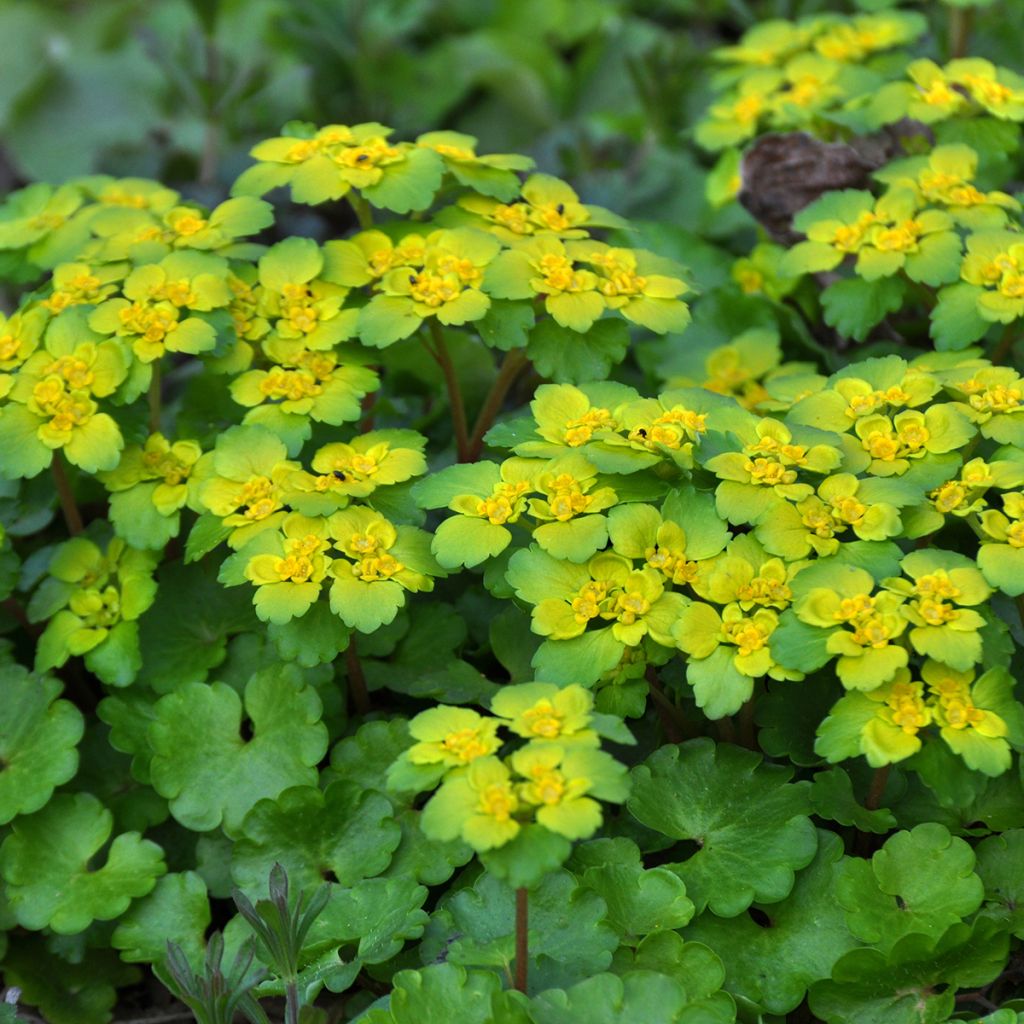

Chrysosplenium alternifolium
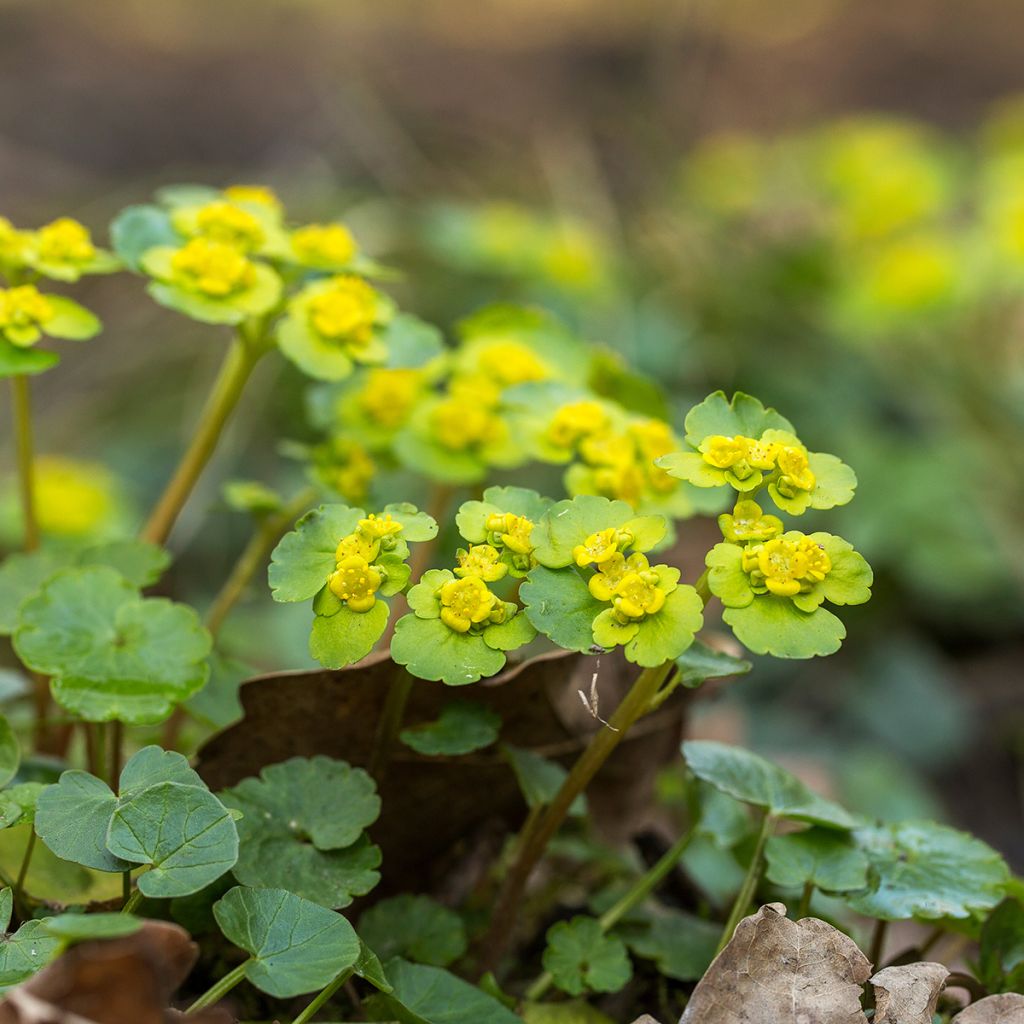

Chrysosplenium alternifolium
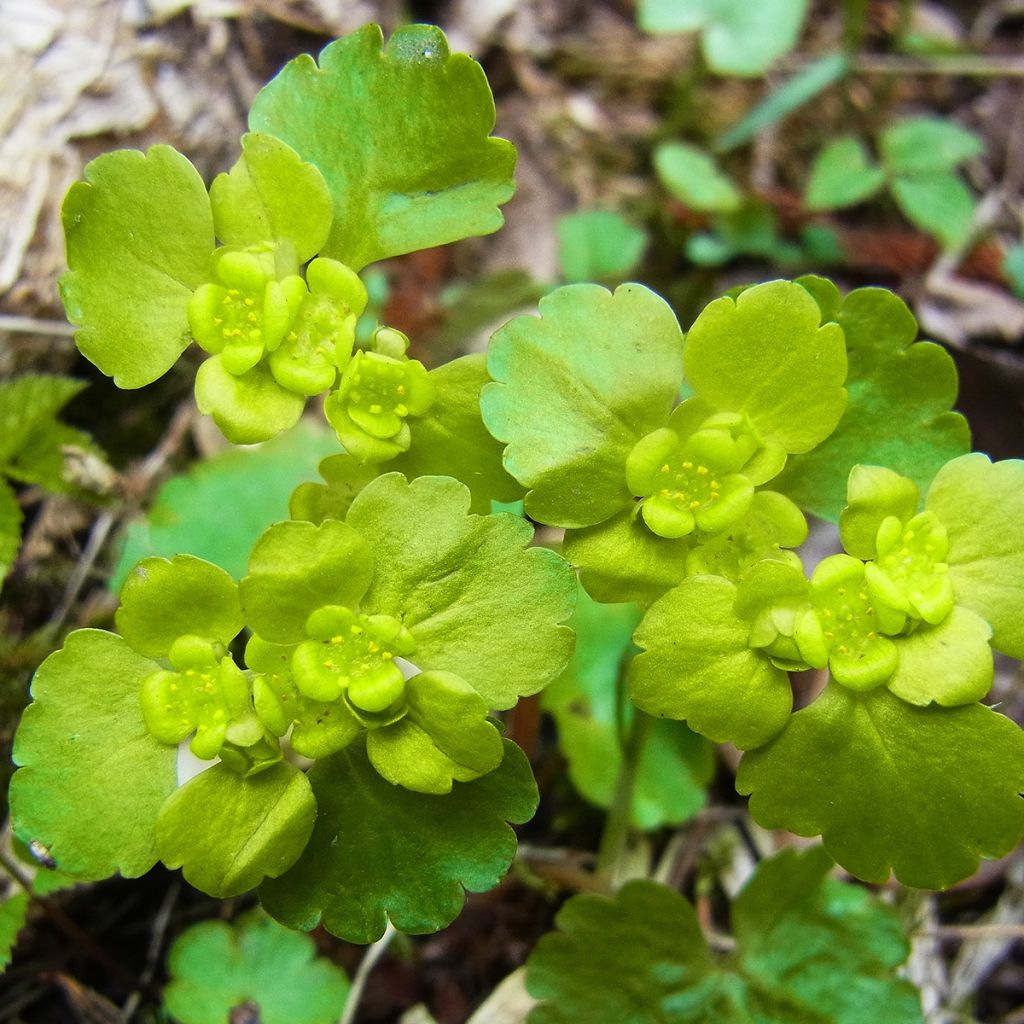

Chrysosplenium alternifolium
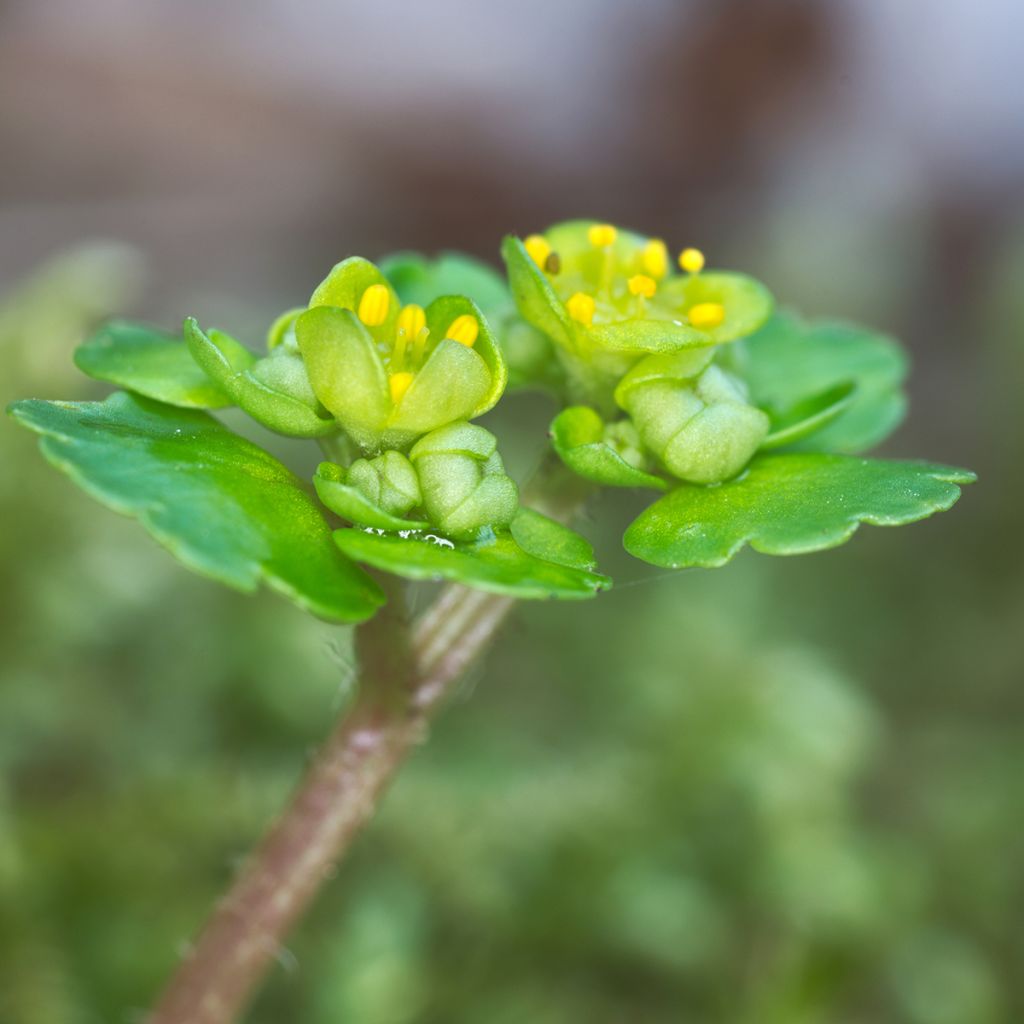

Chrysosplenium alternifolium
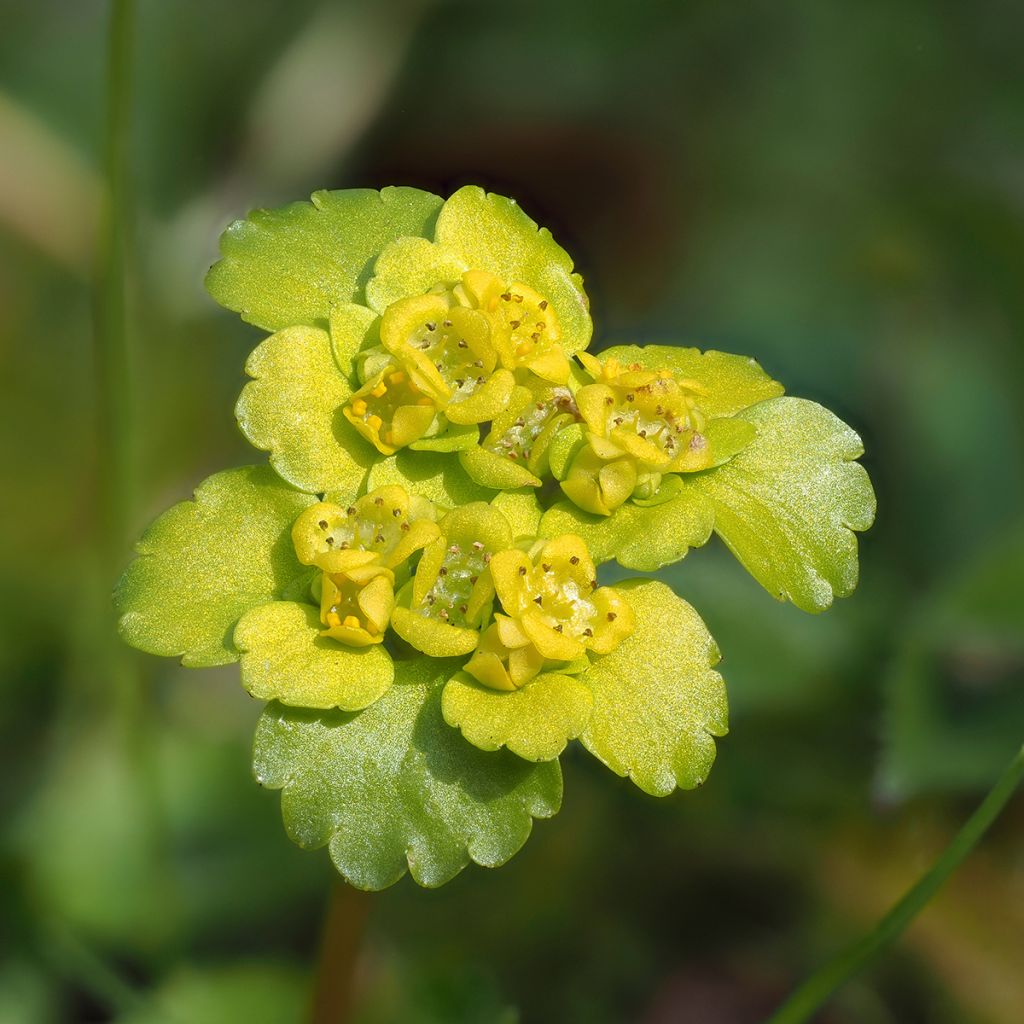

Chrysosplenium alternifolium
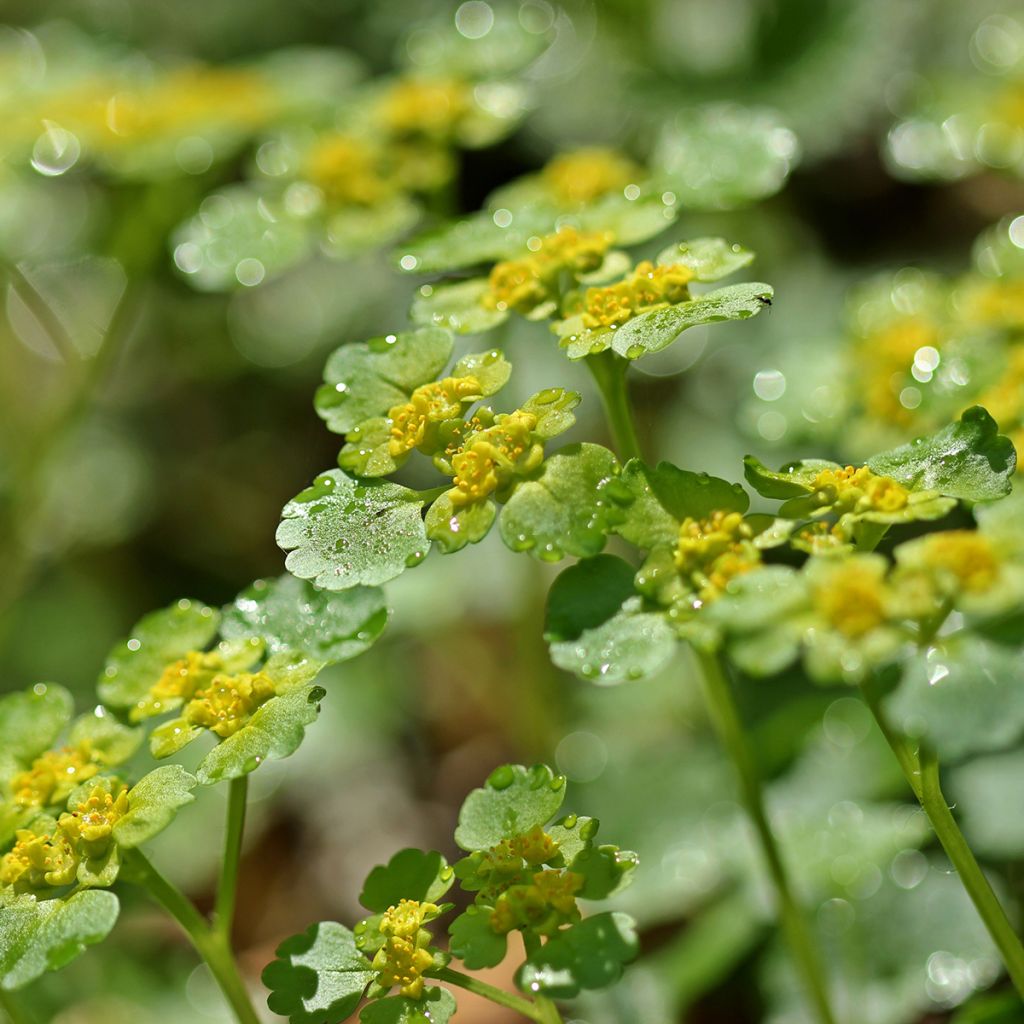

Chrysosplenium alternifolium
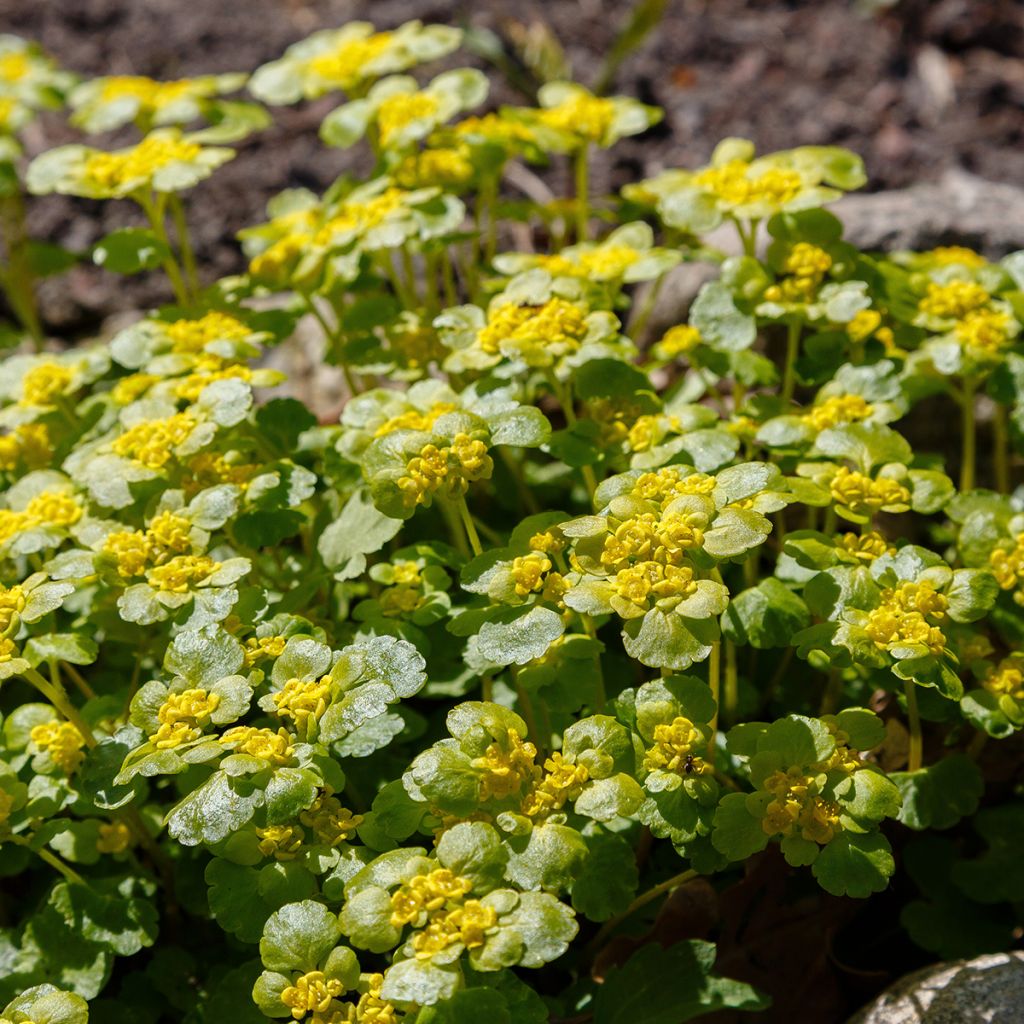

Chrysosplenium alternifolium
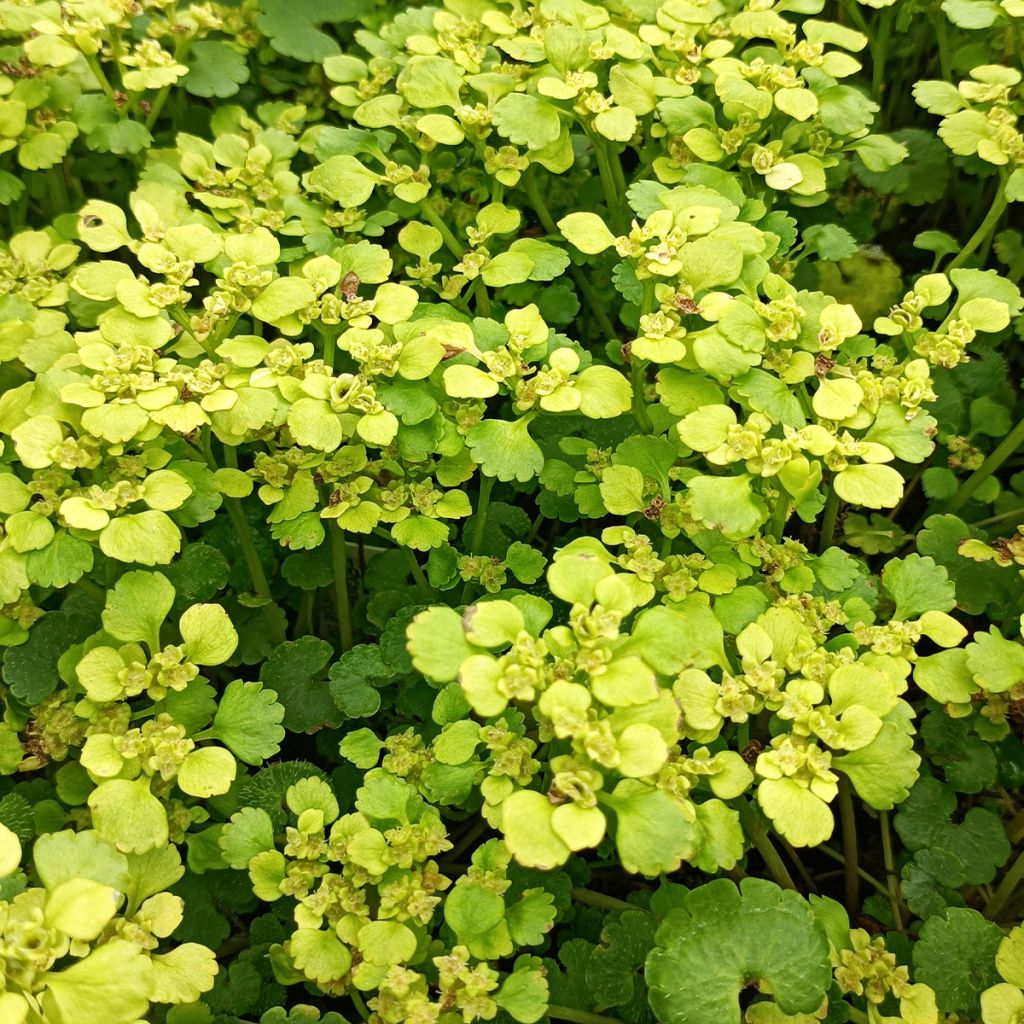

Chrysosplenium alternifolium
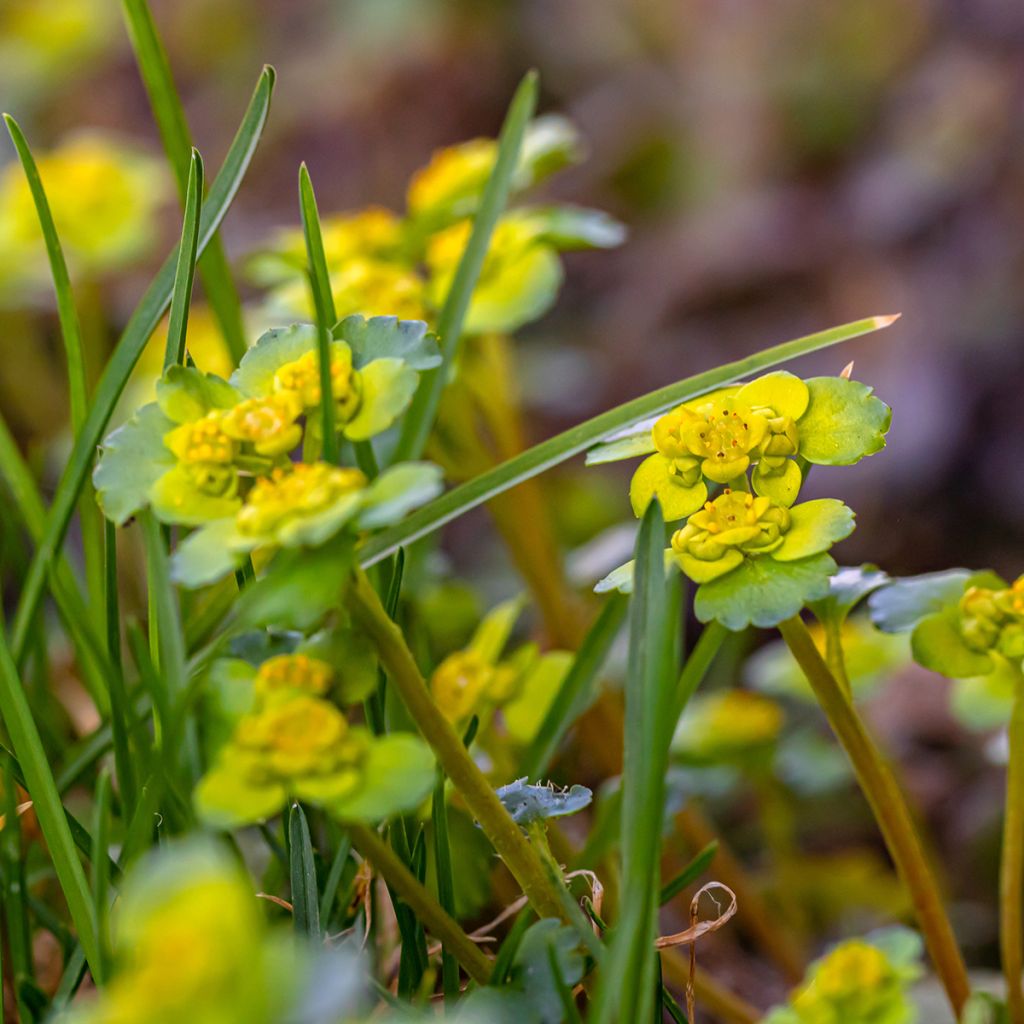

Chrysosplenium alternifolium
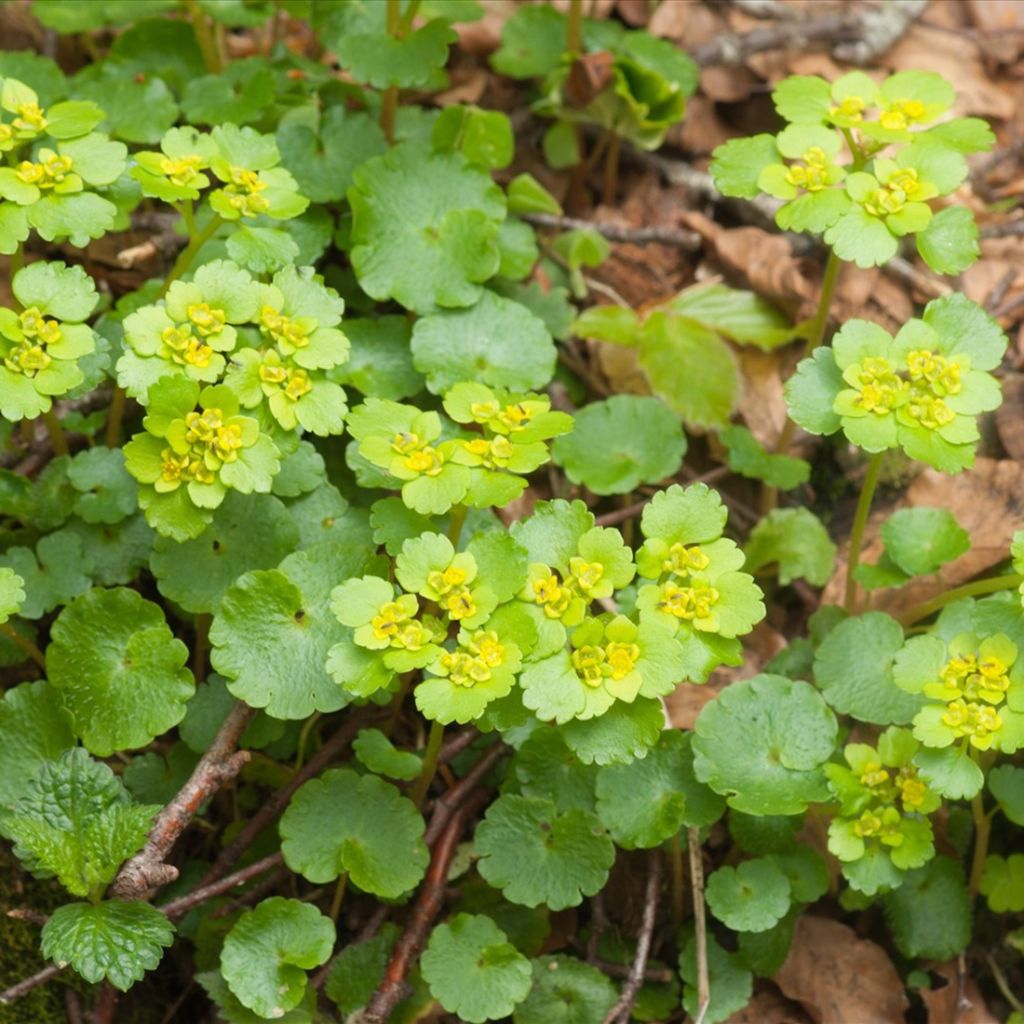

Chrysosplenium alternifolium
Chrysosplenium alternifolium
Chrysosplenium alternifolium
alternate-leaved golden saxifrage
Special offer!
Receive a €20 voucher for any order over €90 (excluding delivery costs, credit notes, and plastic-free options)!
1- Add your favorite plants to your cart.
2- Once you have reached €90, confirm your order (you can even choose the delivery date!).
3- As soon as your order is shipped, you will receive an email containing your voucher code, valid for 3 months (90 days).
Your voucher is unique and can only be used once, for any order with a minimum value of €20, excluding delivery costs.
Can be combined with other current offers, non-divisible and non-refundable.
Why not try an alternative variety in stock?
View all →This plant carries a 12 months recovery warranty
More information
We guarantee the quality of our plants for a full growing cycle, and will replace at our expense any plant that fails to recover under normal climatic and planting conditions.
Does this plant fit my garden?
Set up your Plantfit profile →
Description
Alternate-leaved golden saxifrage, in Latin Chrysosplenium alternifolium, is a protected perennial plant that can still be found in some damp woods, ditches, or wet rocks, mainly in the mountains but also in the countryside. It is also known as the rock golden cress, due to its preference for damp rocky areas, as well as its small tufts of round leaves with golden highlights. Its light yellow spring flowers and leaves form a characteristic flat inflorescence of green and yellow. This very hardy golden saxifrage will be decorative at the edge of a stream, between large stones near a waterfall, or on the banks of a pond...
The alternate-leaved golden saxifrage belongs to the saxifrage family. It is widespread in Europe, especially central and northern Europe, in the Caucasus, in Siberia, and also in North America. This species is native to a large eastern half of France but absent in the south. It grows spontaneously on limestone and clay soils, often rocky and waterlogged.
It is a very hardy perennial plant with a creeping rhizome: equipped with a short rhizome close to the surface, it spreads quite rapidly over time as a creeping ground cover through its thread-like stolons. The rock cress has a low and dense vegetation that persists during winter. The alternate-leaved golden saxifrage does not exceed 15 cm (6in) in height. The plant produces triangular section stems that bear small round, pale green, shiny leaves with very wavy edges. The green-yellow upper leaves are smaller. Flowering occurs from March to June depending on the climate with bouquets of very small light yellow flowers at the tips of the stems, sitting on a collar of leaves.
Golden saxifrage is an original and bright evergreen ground cover in moist areas and shady places, trouble-free once established. A beautiful spring scene can be created by planting them with watercress, creeping bugleweed, Lychnis Jenny, pink astilbes, Mertensia virginica, and white or pink Physostegia virginiana, for example.
Chrysosplenium alternifolium in pictures
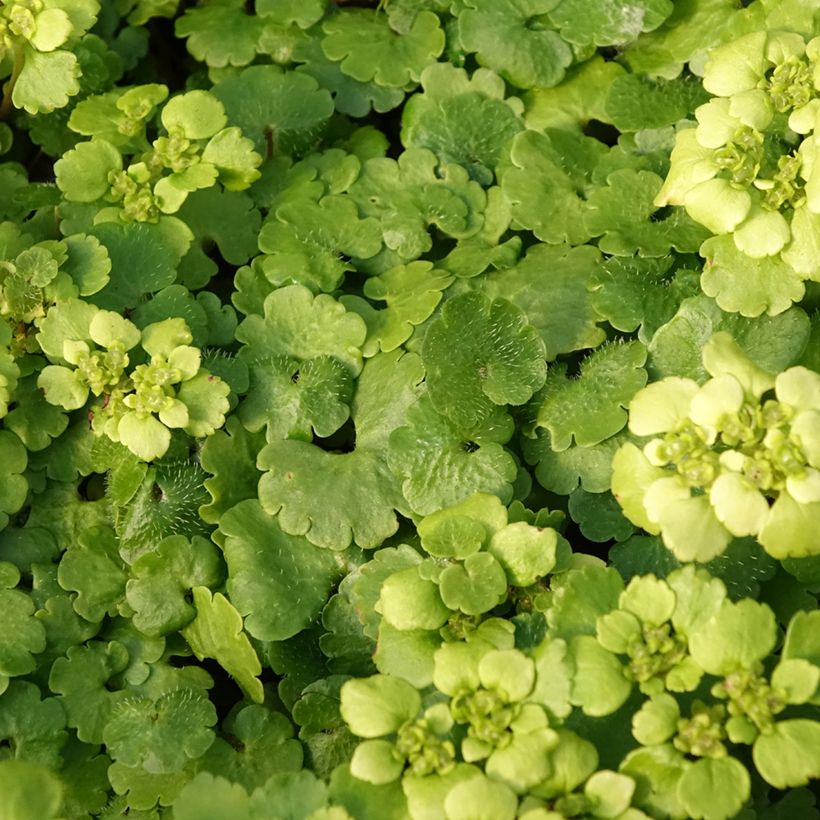



Flowering
Foliage
Plant habit
Botanical data
Chrysosplenium
alternifolium
Saxifragaceae
alternate-leaved golden saxifrage
Central Europe
Other Chrysosplenium
View all →Planting and care
Saxifrage are hardy perennial plants that spread through their short stolons, in shaded areas and damp soil. Easy to grow in heavy, moist clay soil, or rocky soil if constantly wet. Lime is not a problem. They tolerate some sun or dense shade as long as they have enough moisture. However they do not like full sun.
Planting period
Intended location
Care
Planting & care advice
This item has not been reviewed yet - be the first to leave a review about it.
Similar products
Haven't found what you were looking for?
Hardiness is the lowest winter temperature a plant can endure without suffering serious damage or even dying. However, hardiness is affected by location (a sheltered area, such as a patio), protection (winter cover) and soil type (hardiness is improved by well-drained soil).

Photo Sharing Terms & Conditions
In order to encourage gardeners to interact and share their experiences, Promesse de fleurs offers various media enabling content to be uploaded onto its Site - in particular via the ‘Photo sharing’ module.
The User agrees to refrain from:
- Posting any content that is illegal, prejudicial, insulting, racist, inciteful to hatred, revisionist, contrary to public decency, that infringes on privacy or on the privacy rights of third parties, in particular the publicity rights of persons and goods, intellectual property rights, or the right to privacy.
- Submitting content on behalf of a third party;
- Impersonate the identity of a third party and/or publish any personal information about a third party;
In general, the User undertakes to refrain from any unethical behaviour.
All Content (in particular text, comments, files, images, photos, videos, creative works, etc.), which may be subject to property or intellectual property rights, image or other private rights, shall remain the property of the User, subject to the limited rights granted by the terms of the licence granted by Promesse de fleurs as stated below. Users are at liberty to publish or not to publish such Content on the Site, notably via the ‘Photo Sharing’ facility, and accept that this Content shall be made public and freely accessible, notably on the Internet.
Users further acknowledge, undertake to have ,and guarantee that they hold all necessary rights and permissions to publish such material on the Site, in particular with regard to the legislation in force pertaining to any privacy, property, intellectual property, image, or contractual rights, or rights of any other nature. By publishing such Content on the Site, Users acknowledge accepting full liability as publishers of the Content within the meaning of the law, and grant Promesse de fleurs, free of charge, an inclusive, worldwide licence for the said Content for the entire duration of its publication, including all reproduction, representation, up/downloading, displaying, performing, transmission, and storage rights.
Users also grant permission for their name to be linked to the Content and accept that this link may not always be made available.
By engaging in posting material, Users consent to their Content becoming automatically accessible on the Internet, in particular on other sites and/or blogs and/or web pages of the Promesse de fleurs site, including in particular social pages and the Promesse de fleurs catalogue.
Users may secure the removal of entrusted content free of charge by issuing a simple request via our contact form.
The flowering period indicated on our website applies to countries and regions located in USDA zone 8 (France, the United Kingdom, Ireland, the Netherlands, etc.)
It will vary according to where you live:
- In zones 9 to 10 (Italy, Spain, Greece, etc.), flowering will occur about 2 to 4 weeks earlier.
- In zones 6 to 7 (Germany, Poland, Slovenia, and lower mountainous regions), flowering will be delayed by 2 to 3 weeks.
- In zone 5 (Central Europe, Scandinavia), blooming will be delayed by 3 to 5 weeks.
In temperate climates, pruning of spring-flowering shrubs (forsythia, spireas, etc.) should be done just after flowering.
Pruning of summer-flowering shrubs (Indian Lilac, Perovskia, etc.) can be done in winter or spring.
In cold regions as well as with frost-sensitive plants, avoid pruning too early when severe frosts may still occur.
The planting period indicated on our website applies to countries and regions located in USDA zone 8 (France, United Kingdom, Ireland, Netherlands).
It will vary according to where you live:
- In Mediterranean zones (Marseille, Madrid, Milan, etc.), autumn and winter are the best planting periods.
- In continental zones (Strasbourg, Munich, Vienna, etc.), delay planting by 2 to 3 weeks in spring and bring it forward by 2 to 4 weeks in autumn.
- In mountainous regions (the Alps, Pyrenees, Carpathians, etc.), it is best to plant in late spring (May-June) or late summer (August-September).
The harvesting period indicated on our website applies to countries and regions in USDA zone 8 (France, England, Ireland, the Netherlands).
In colder areas (Scandinavia, Poland, Austria...) fruit and vegetable harvests are likely to be delayed by 3-4 weeks.
In warmer areas (Italy, Spain, Greece, etc.), harvesting will probably take place earlier, depending on weather conditions.
The sowing periods indicated on our website apply to countries and regions within USDA Zone 8 (France, UK, Ireland, Netherlands).
In colder areas (Scandinavia, Poland, Austria...), delay any outdoor sowing by 3-4 weeks, or sow under glass.
In warmer climes (Italy, Spain, Greece, etc.), bring outdoor sowing forward by a few weeks.






























